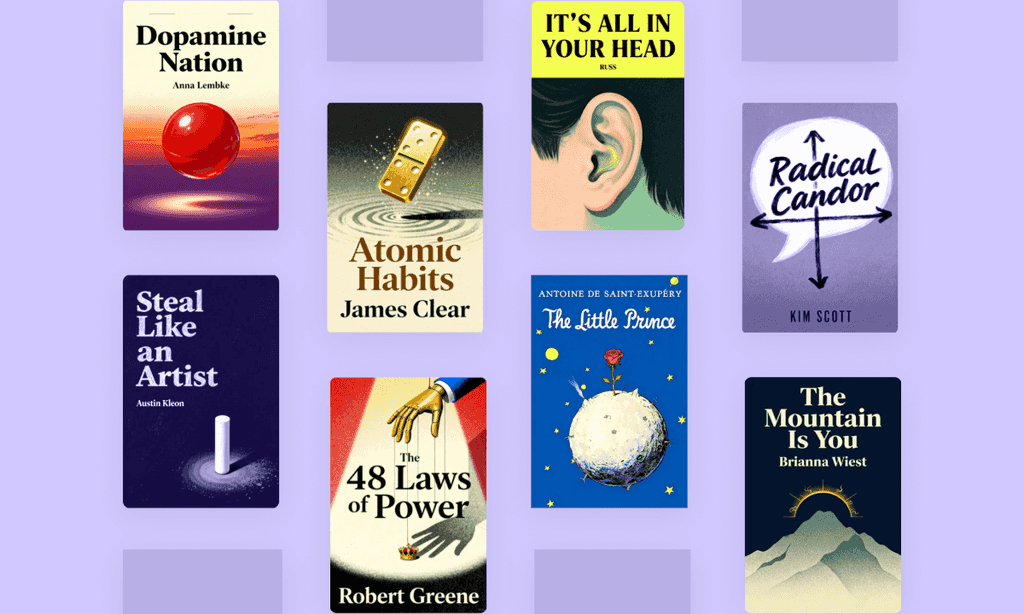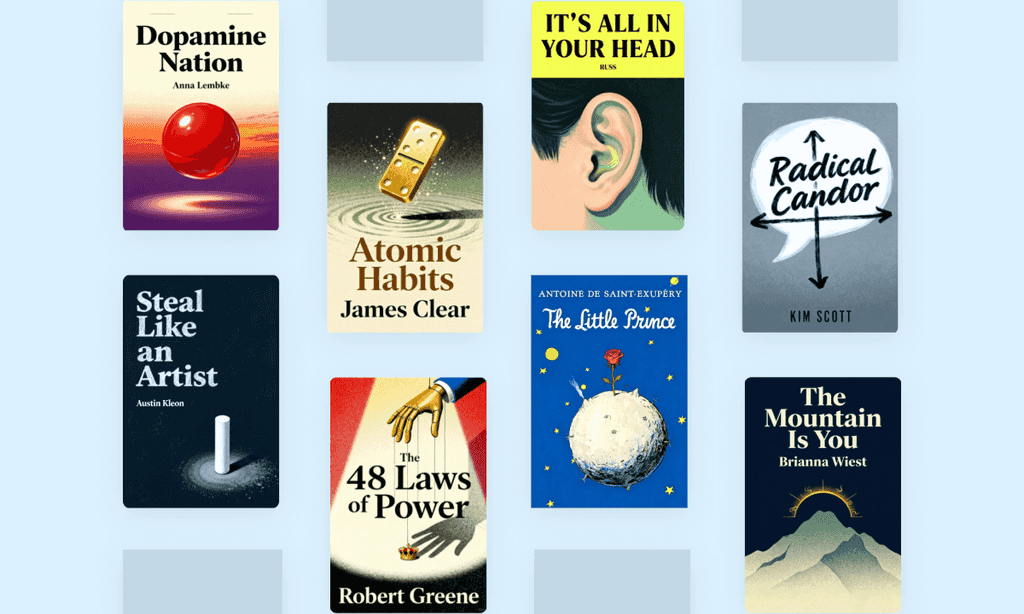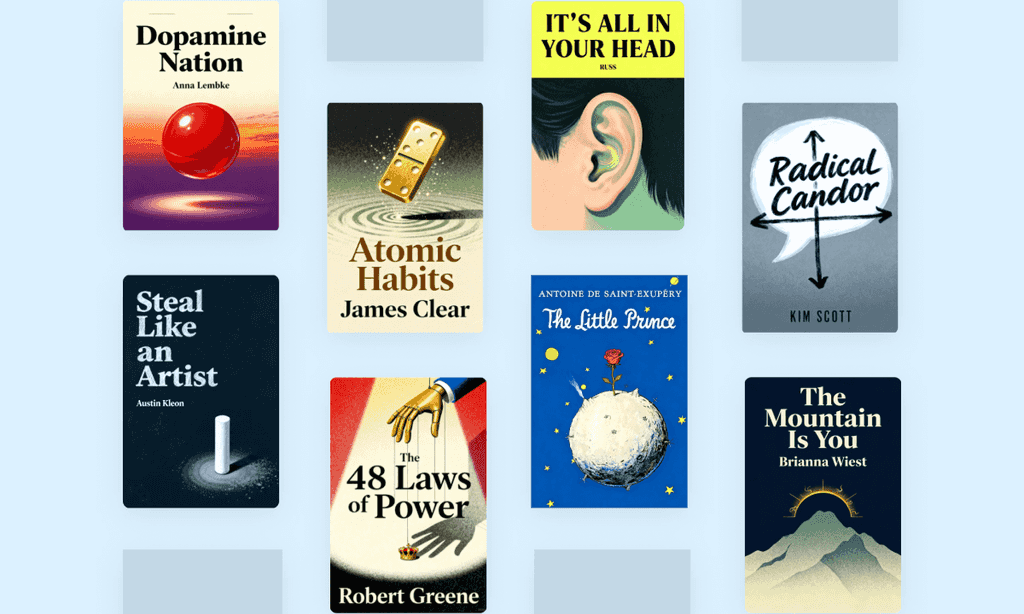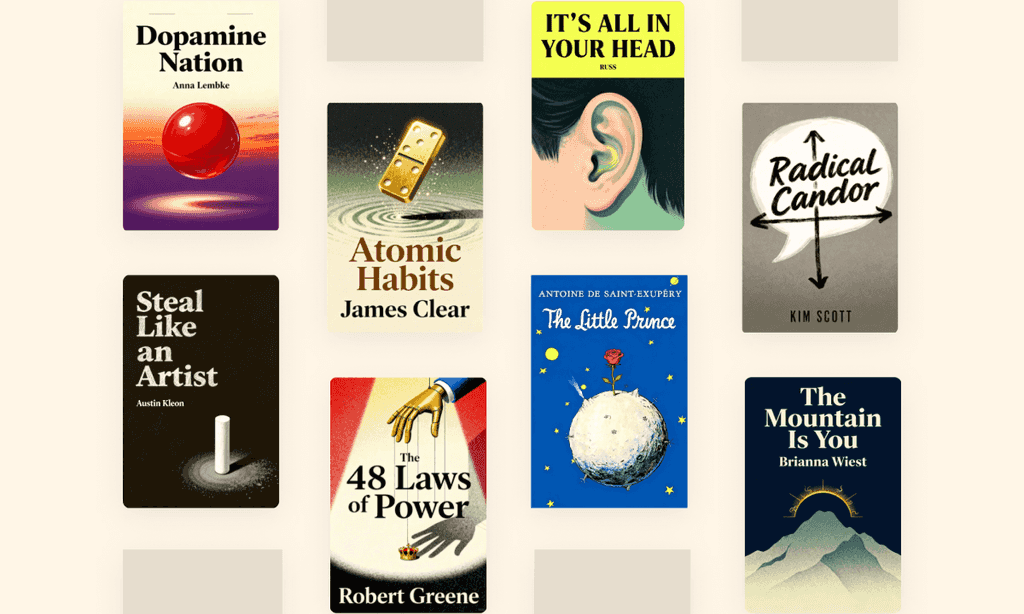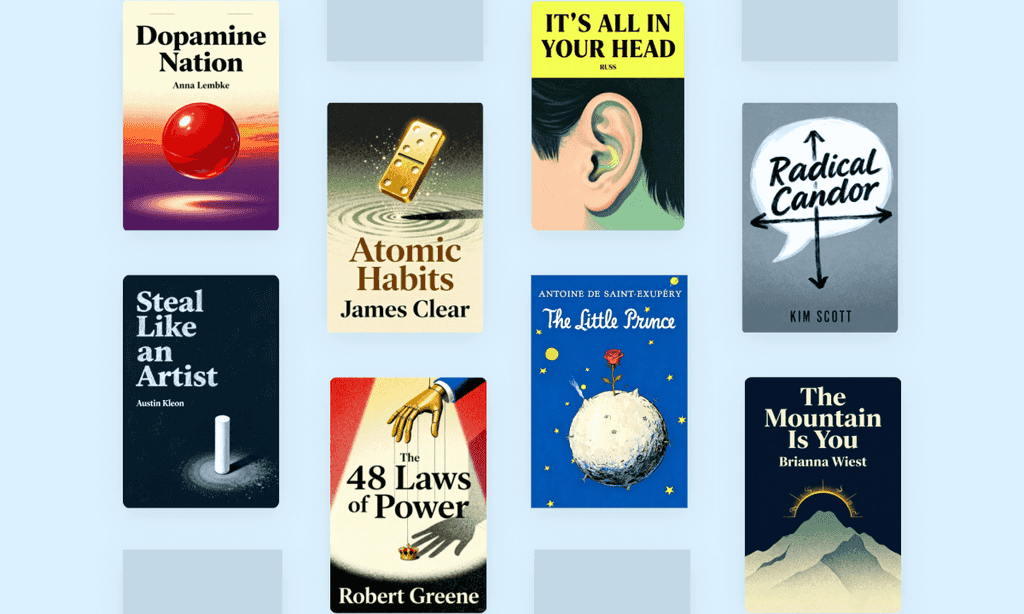
Chop Wood Carry Water by Joshua Medcalf Summary
Journey through a Zen-inspired guide to mastering life's daily grind. Adopted by high schools for leadership classes and gifted by corporate executives, this book teaches the counterintuitive secret to greatness: falling in love with chopping wood when everyone else is chasing trophies.
About the author
Joshua Medcalf, bestselling author of Chop Wood Carry Water and founder of Train to be CLUTCH, is a sought-after mental performance coach and leadership strategist. Blending Eastern philosophy with Western psychology, his work focuses on cultivating discipline, purposeful action, and resilience through parable-style storytelling.
A former collegiate soccer player at Vanderbilt and Duke universities, Medcalf draws from his athletic background and experience as mental training director for UCLA Women’s Basketball to teach proven mindset strategies used by NFL, NBA, and Fortune 500 teams. His other influential books include Pound the Stone and Burn Your Goals, which expand on his mission-driven approach to peak performance.
Medcalf’s techniques are implemented worldwide through his mental training apps for sports and his organization’s workshops. Named a "modern Stoic pioneer" by performance coaches, his work has been featured on major podcasts and platforms like The Golfer’s Journal.
Chop Wood Carry Water has become a cult classic in athletic and business circles, with its core metaphor adopted as a mantra by Olympians and executives alike. The book’s enduring popularity stems from its actionable framework for mastering fundamentals while maintaining spiritual alignment – principles Medcalf embodies through his nonprofit work with at-risk youth and corporate leadership programs.
FAQs About This Book
Chop Wood Carry Water is a motivational guide emphasizing mastery through daily discipline, focusing on process over outcomes. Using parables like a bamboo tree’s growth (years of unseen roots before visible success), it teaches resilience, embracing failure, and finding purpose in mundane tasks. The book argues sustained excellence comes from consistent effort, not fleeting goals.
Athletes, professionals, and anyone seeking personal growth will benefit. Its principles apply to sports (via mental training insights), business leadership (aligning with Medcalf’s Fortune 500 consulting), and daily life. Ideal for readers valuing mindset shifts over quick fixes, especially those navigating setbacks or long-term goals.
Yes, for its actionable framework on embracing process-driven habits. Readers praise its concise, parable-driven style, though some critique its simplicity. The book’s emphasis on “choosing pain over regret” and practical exercises (e.g., journaling prompts) make it a practical tool for building resilience.
Key principles include:
- Process over goals: Prioritize daily habits over outcomes.
- Embrace failure: View setbacks as growth opportunities.
- Purpose in mundanity: Find meaning in repetitive tasks (e.g., “chopping wood”).
- Two pains: Choose the pain of discipline over the regret of inaction.
These ideas are illustrated through a protagonist’s journey to master archery.
The bamboo tree symbolizes invisible foundational work: it spends years growing roots before sprouting visibly. Similarly, success requires prolonged, unseen effort—likened to daily “wood chopping”—before breakthroughs occur. This metaphor reinforces the book’s core message: trust the process, even without immediate results.
Medcalf cites Jim Rohn’s idea: “We suffer one of two pains—the pain of discipline or the pain of regret.” The book urges readers to embrace short-term discomfort (e.g., rigorous practice) to avoid lifelong regrets about unmet potential.
It teaches athletes to focus on controllable actions (e.g., training routines) rather than wins/losses. Medcalf, who trains UCLA women’s basketball, emphasizes mental resilience: staying composed under pressure and viewing mistakes as feedback. The book’s strategies are used in sports psychology apps he developed.
- “Success lies in doing simple things over a long period of time.”
- “Chop wood, carry water—success will come.”
- “The roots of greatness grow invisibly.”
These quotes underscore the book’s themes of consistency and patience.
Both stress habit-building, but Medcalf’s work uses storytelling over scientific frameworks. While Atomic Habits details behavior loops, Chop Wood offers allegories (e.g., archery apprenticeships) to illustrate mindset shifts. It’s shorter but less data-driven, appealing to readers preferring narrative-driven advice.
The title metaphorizes daily discipline: just as ancient monks sustained temples through mundane tasks, success requires repetitive, humble work. “Chopping wood” and “carrying water” represent commitment to foundational habits, even when progress feels slow.
Some readers find its advice oversimplified or repetitive, wishing for deeper psychological insights. Others note editing issues, like abrupt transitions between parables. However, fans argue its simplicity makes concepts accessible for action-oriented audiences.
As a mental coach for athletes and Fortune 500 teams, Medcalf blends sports psychology (e.g., managing pressure) with leadership training. His nonprofit work with at-risk youth also informs the book’s focus on grit and purpose beyond personal gain.
Quick Summary Mode - Read or listen to Chop Wood Carry Water Summary in 8 Minutes
Break down key ideas from Chop Wood Carry Water into bite-sized takeaways to understand how innovative teams create, collaborate, and grow.
Flash Card Mode - Top 7 Insights from Chop Wood Carry Water in a Nutshell
Distill Chop Wood Carry Water into rapid-fire memory cues that highlight Pixar’s principles of candor, teamwork, and creative resilience.

Fun Mode - Chop Wood Carry Water Lessons Told Through 22-Min Stories
Experience Chop Wood Carry Water through vivid storytelling that turns Pixar’s innovation lessons into moments you’ll remember and apply.
Personalize Mode - Read or listen to Chop Wood Carry Water Summary in 0 Minutes
Ask anything, pick the voice, and co-create insights that truly resonate with you.

From Columbia University alumni built in San Francisco
See More Stories?

Get the Chop Wood Carry Water summary as a free PDF or EPUB. Print it or read offline anytime.




















